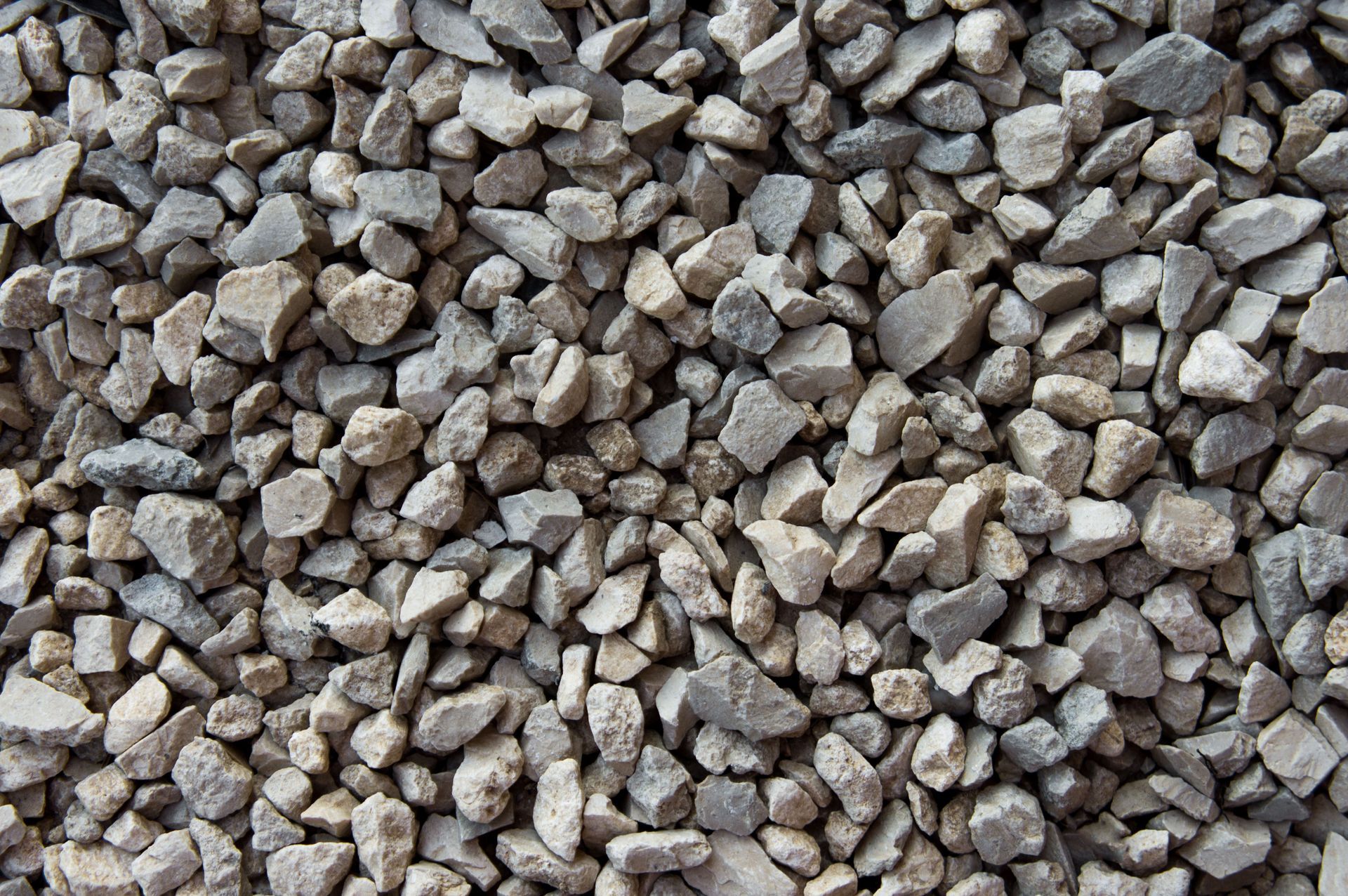September 24, 2025
Adding rocks to your yard can significantly enhance its aesthetic and functional appeal. However, the process of scheduling rock delivery involves several considerations. This article will guide you through everything you need to know, from planning and choosing the right materials to post-delivery tips. With meticulous attention to detail, you can transform your outdoor space into a stunning landscape. Let's delve into what you need to expect when planning for a delivery.
The Planning of Rock Delivery
Assessing Your Yard's Needs
Before scheduling a delivery, it is crucial to determine the specific needs of your yard. Begin by identifying the purpose of adding rocks, whether it is for aesthetic enhancement, erosion control, or creating walkways. Understanding your yard's requirements will guide you in selecting the suitable type of rock. Equally important is deciding on the location where these rocks will be placed. An accurate assessment ensures that the end result is both functional and visually pleasing.
Consider the existing landscape and how rocks will complement it. Evaluate areas with bare patches or places prone to erosion that might benefit from a stone cover. Analyze how the rocks will integrate with existing plants and structures to maintain harmony in the design. By clearly understanding these needs, you can make informed decisions regarding the type of rocks that will best serve your yard's purposes. The thoughtfulness during this initial stage sets the foundation for successful rock landscaping.
Calculating the Amount of Rock Needed
Accurately determining the amount of rock needed is crucial for budgeting and logistics. To begin, measure the area where you want to place the rocks to calculate the volume or square footage. Tools such as measuring tapes or laser distance measurers are invaluable for accurate estimations. Consider the depth of the rock layer, as this impacts both the quantity required and the overall cost. A well-calculated amount ensures sufficient coverage while avoiding excess that could lead to waste.
According to The U.S. Geological Survey, the output of crushed stone in the U.S. shipped for consumption in the first nine months of 2023 was 1.17 billion tons. Factoring in this scale of production highlights the importance of careful planning for your project. By calculating wisely, you can prevent waste and minimize unnecessary expenses. A mindful approach supports both your yard’s success and responsible resource use.
Setting a Budget
Setting a budget is a fundamental part of planning your rock delivery. Consider costs such as the price per ton of rocks, delivery fees, and any additional services that may be required. Researching these expenses early in the process helps in creating a realistic financial plan. Be aware that premium rock varieties may offer unique aesthetic qualities but come with higher price tags. Balancing cost with quality ensures you achieve the desired appearance without overspending.
Selecting a Delivery Date
The timing of your rock delivery is crucial for ensuring optimal conditions for placement. Consider upcoming weather patterns as rain or snow can complicate the delivery and positioning of rocks. A dry and stable weather forecast is ideal for ensuring that the ground is firm, preventing complications with heavy trucks or machinery. Additionally, decide on a time when you or a designated person can be present to supervise the delivery. Advance planning helps avoid any unnecessary delays or misunderstandings on delivery day.
The Selection of Rock Types
Understanding Rock Varieties
There are numerous rock varieties available, each with specific uses and benefits for landscape design. Gravels are widely used for pathways, offering compactness and ease of walking. River rocks, characterized by their smooth texture, serve aesthetic functions and are often featured in water features. Decomposed granite is another popular option, lending a rustic appeal and functional surface for driveways and patios. Each type brings unique characteristics that must be matched to your specific landscaping goals.
Comparing Aesthetic Options
The aesthetic value of rocks contributes significantly to the overall visual impact of your yard. Factoring in color, size, and shape allows for a harmonious blend with existing landscape elements. Brightly colored aggregates add vibrancy, while darker stones offer a subtle backdrop to greenery. Size is another essential consideration, with larger rocks making statements and smaller ones providing texture and detail work. Together, these elements create a cohesive design that complements your yard's style and architecture.
Evaluating Durability and Maintenance
The durability of rocks in your landscape directly affects their long-term value and maintenance requirements. Certain rock types boast superior resilience to weathering and erosion, extending their lifespan and reducing upkeep. Harder rocks such as granite and basalt provide excellent longevity, withstanding both the elements and mechanical pressures. Assessing durability ensures that you are investing in quality materials that will stand the test of time. By considering these factors, you can minimize replacement and repair needs while maintaining your yard's charm.
Aligning with Environmental Impact
The environmental impact of landscaping choices is an increasingly important consideration. Choosing eco-friendly rock options helps minimize your landscape’s carbon footprint. Look for locally sourced materials, which reduce transportation emissions and contribute to regional sustainability efforts. Additionally, some rock types, such as recycled concrete, not only offer eco-friendly credentials but are also economically viable. By making environmentally sound choices, you contribute positively to both your immediate surroundings and the larger ecosystem.
Sustainability also entails the responsible management of natural resources and minimizing waste. Select rocks that will serve multiple functions, such as enhancing drainage while simultaneously providing habitation niches for beneficial garden wildlife. The versatility of rocks in ecological landscaping provides opportunities for some rock types to harmonize with native plants and wildlife habitats. Every thoughtful choice made in material selection positively affects the broader natural environment. These decisions require mindfulness and enable more sustainable and ethical landscaping practices.
The Selection of Rock Suppliers
Researching Local Suppliers
Sourcing rocks from reputable local suppliers is crucial to ensure quality and reliability in your rock delivery. Begin by identifying potential suppliers in your area through online searches, directories, or referrals. Online reviews and ratings offer valuable insights into customer satisfaction and potential red flags. Verified suppliers often display a history of successful projects and a reputation for meeting delivery schedules. By conducting diligent research, you can narrow down your options and focus on suppliers known for quality and dependability.
Requesting Quotes and Comparing Prices
To ensure a cost-effective rock delivery, collect quotes from multiple suppliers to compare pricing. Each supplier will have different rates based on rock type, delivery distance, and market demand. Requesting detailed quotes allows you to gauge market trends and assess competitive pricing. By obtaining a range of estimates, you secure a price that fits within your budget while maintaining quality standards. This financial due diligence enhances your capacity to negotiate and arrive at a budget-conscious decision.
Checking Supplier Credentials
Verifying the credentials of potential suppliers is crucial to ensuring a reliable rock delivery experience. Confirm that suppliers have the necessary licenses, certifications, and insurance coverage to operate within your locality. These credentials are markers of professionalism and adherence to industry standards. Companies with verified credentials are more likely to provide reliable service and quality products. Checking these qualifications acts as both a protective measure and peace of mind, ensuring the process goes smoothly.
Scheduling a rock delivery does not have to feel overwhelming when you know what to expect. By taking time to plan your project, calculate the right amount of material, and prepare your space, you will set yourself up for a smooth process from start to finish. Whether you are refreshing a garden bed, laying a pathway, or tackling a larger landscaping project, reliable delivery makes all the difference. To explore our available materials and schedule your next order, learn more with Salvatore Trucking.



